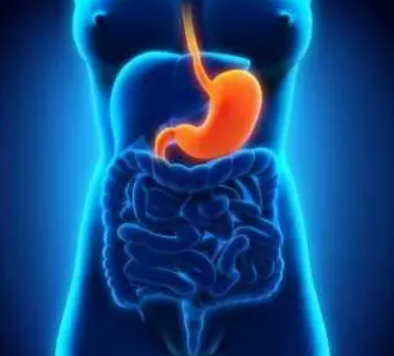1. Treatment of gastrointestinal stromal tumors.
Traditional anticancer therapy, such as chemotherapy and radiotherapy, is not the treatment choice for GIST. GIST chemotherapy has been proved to be very poor, and the value of radiotherapy is also quite limited. Not only the remission rate is low, but also the adjacent organs of GIST are too sensitive to radiation, and the tumor itself is resistant to radiation. At present, there are two most commonly used methods for GIST treatment: surgical resection and targeted therapy (tyrosine kinase inhibitors, such as imatinib, shunitinib, etc.).
2. Examination methods of gastrointestinal stromal tumors.In order to achieve the early diagnosis of gastrointestinal stromal tumors, on the one hand, patients should pay attention to unexplained digestive system symptoms, go to the hospital in time, and on the other hand, with the help of doctors, improve the relevant examination and make a clear diagnosis. The main detection methods for clinical discovery and preliminary diagnosis of GIST are digestive endoscopy (including gastroscopy and colonoscopy), endoscopic ultrasonography, abdominal CT and MRI. However, in order to diagnose GIST, it must be confirmed by puncture biopsy or surgical resection of tumor specimens for pathological examination. at present, stromal tumor biopsy is recommended through endoscopic puncture biopsy through the natural cavity (that is, through the gastric cavity, intestinal cavity, etc.) to avoid tumor cell spread and metastasis.3. How to diagnose gastrointestinal stromal tumor by pathology.The criteria for pathological diagnosis of GIST are as follows:The histological morphology was consistent with that of GIST. GIST showed a well-defined, oval, red or white mass on the naked eye. Giant GIST could have hemorrhage, necrosis and cystic degeneration. Histologically, GIST was divided into spindle cell type GIST (70%), epithelial cell type GIST (20%) and mixed GIST (10%).The positive expression of CD117 (c-KIT) protein can be diagnosed by immunohistochemical analysis.CD117 immunohistochemical staining is negative, but the positive expression of DOG1 protein can also be diagnosed.The expression of CD117 and DOG1 protein was negative, and KIT and PDGFRA gene mutations in gastrointestinal mesenchymal cell-derived tumors could also be diagnosed.

